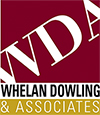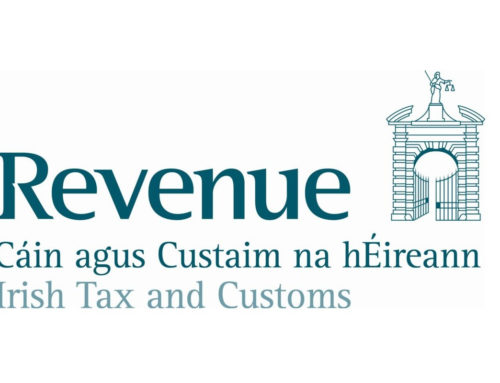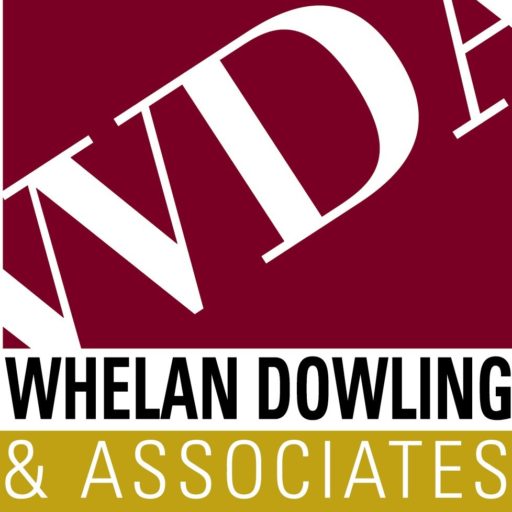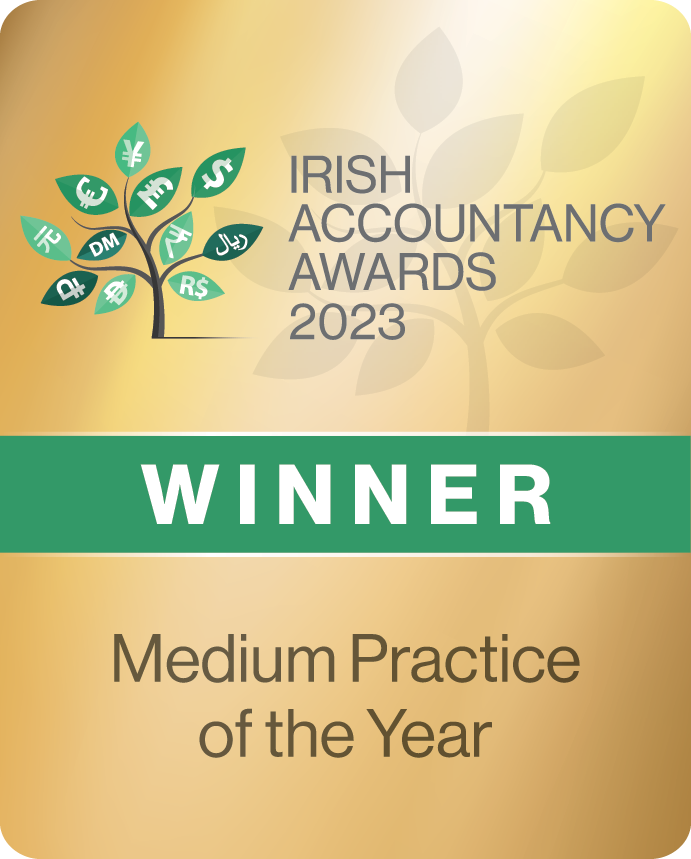Small & Micro Companies – The New Reporting Requirements
Companies Act 2017 (CA2017) introduced new, simplified accounting requirements for small and micro companies coming from the Small Companies Regime (SCR) and Micro Companies’ Regime (MCR) which derive from the provisions of the 2013 EU Accounting Directive. This reduces administrative burden on small and micro companies. They can adopt simpler requirements in respect of financial statements and reports for a FY.
Qualification to use the SCR and MCR
A company must qualify in order to apply the SCR or MCR in the final preparation of accounts. Some companies are dis-applied from the regimes as ‘ineligible entities’, even if they meet the size criteria. Included here-under are some company types that would be regarded as ineligible:
| Scenario 1 – a company that meets the micro size thresholds but is part of a group and included in the consolidated financial statements cannot qualify for the MCR – subsidiary cannot qualify as a micro company. |
| Scenario 2 – Holding company meets micro size thresholds but prepares group financial statements, cannot be a micro company. |
| Scenario 3 – a subsidiary that meets the small size thresholds itself but is part of a larger group that does not meet the small thresholds can qualify for SCR in preparing its individual financial statements, but not the audit exemption. |
| Scenario 4 – a holding company that meets the small size thresholds but is the holding company of a group containing an ineligible entity cannot qualify for the SCR., as to qualify as a holding company, no member of the group can be an ineligible entity. |
| Small Company | Small Group | Micro company | |
| CA 2014 section | 280A | 280B | 280D |
| Turnover not exceeding | €12M (increased from €8.8M) | €12M net or €14.4M gross | €700,000 |
| Balance sheet total not exceeding | €6m (increased from €4.4M) | €6m net or €7.m gross | €350,000 |
| Average number of employees not exceeding | 50 | 50 | 10 |
Can all company types qualify for the SCR or MCR?
| Eligible | Excluded |
| Company limited by shares | Public limited companies (PLCs) |
| Company limited by guarantee (CLG) | public unlimited companies (PUCs) |
| Designated activity company (DAC) | public unlimited companies with no share capital (PULCs) |
| Unlimited company (ULC) |
What accounting standards do companies use when applying the SCR and the MCR?
| Small Companies | Micro Companies |
| FRS 102 section 1A | FRS 105 |
Both applicable standards have been amended to reflect the Irish company law disclosure requirements.
- SCR and MCR mean fewer disclosures are required in the statutory financial statements of companies
The information required to be provided in the notes to the financial statements of companies adopting the SCR or MCR is driven by CA 2014, FRS 102, section 1A and FRS 105. One of the main advantages of adopting SCR or MCR is the reduction in number of notes to be provided with financial statements. CA 2017 provides exemptions for certain part 6 disclosures, however, this also included new note disclosure requirements. An example being section 321, which requires the reason for an accounting policy change and the impact of the change on the financial statements for current and preceding financial years. Also, notes must be presented in the order in which the items to which they relate to are presented in the balance sheet and profit and loss account.
Details of the disclosures required under the SCR and MCR?
Details of the disclosures required are found in CA 2014 (primarily part 6), the relevant Schedule to CA 2014 and the applicable accounting standards.
The inclusion of the Irish legal disclosures of the SCR and MCR into FRS 102 and FRS 105 respectively is positive for preparers of financial statements as it creates a ‘one stop shop’ of accounting standard and company law requirements for the financial statements of companies applying the regimes.
- Disclosing directors’ remuneration in a small and micro company financial statements
Disclosures are required in the financial statements of a company adopting SCR, under FRS 102, including payments to third parties for services of directors.
Companies preparing accounts under FRS 105 1A, MCR, are exempt from these requirements to disclose director’s remuneration.
- SCR and statement of cash flows
Section 7 of FRS 102 contains a requirement to present statement of cashflows. A small entity does not have to comply with this, although it must qualify as a small entity under FRS 102.
Audit Exemption
| Non-group company | – May avail of the audit exemption provided that it qualifies as a small company and meets the other requirements of CA 2014. |
| Group company | – Definition of group wider for audit exemption – To qualify it must head up a group which also meets the small criteria (sub group) – Small company, part of a group – assess whether largest group to which company belongs qualifies as small. – Main group qualifies as small, then small company within the sub group may avail of audit exemption. – If main group does not qualify, precludes all members – Presence of a securitisation company (s.110 company) in main group precludes all other members |
Do the changes introduced by CA 2017 require more information to be included in financial statements that are abridged for filing purposes?
Possibly, depending on the circumstances. While overall disclosures for SCR and MCR companies have been reduced, all notes to the statutory financial statements are now required to be included in the abridged financial statements. Previously it was just certain notes to be included.
Other considerations when filing include that it is no longer a requirement when filing an annual return with abridged financial statements to include separate statement with director’s interests in shares and debentures.
Small and micro companies are exempt from filing a director’s report.
In conclusion, the simpler requirements of the SCR and MCR are designed to reduce the administrative burdens.
For further information on the Micro-Companies Regime and to see if your company qualifies please do not hesitate to contact us.








